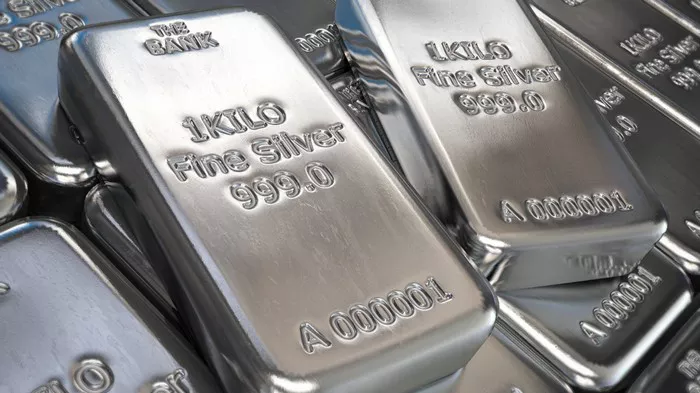The Commodity Exchange Inc. (Comex) is a division of the New York Mercantile Exchange (NYMEX) and part of the Chicago Mercantile Exchange Group. It provides a platform for the trading of metals, including silver futures contracts. Silver, known for its industrial applications and as a precious metal, has a vibrant futures market. Understanding the specifications and details of Comex silver futures contracts is crucial for those looking to participate in this market.
1. Contract Specifications and Sizes
Comex silver futures contracts have specific terms and conditions that traders should be aware of before engaging in trading activities. The standard silver futures contract traded on the Comex is 5,000 troy ounces. This means that each contract represents 5,000 troy ounces of silver. The price of silver is quoted per ounce, making it easier for traders to assess the value of the contract.
2. Contract Months and Trading Hours
Comex silver futures are available for trading during specific contract months. These months follow a standardized cycle, typically involving the current month and the next 23 consecutive months. For instance, if the current month is October, the available contract months would include October, November, December of the current year, as well as January, February, and so on, up to two years in the future. Trading hours for Comex silver futures usually start on Sunday at 6:00 PM Eastern Time and continue until 5:00 PM Eastern Time on the following day, excluding market holidays.
3. Price Fluctuations and Tick Size
Price fluctuations in the silver futures market are commonly referred to as ticks. The minimum price movement that a futures contract can experience is referred to as the tick size. For Comex silver futures, the tick size is $0.005 per troy ounce, equivalent to $25 for each contract. Understanding the tick size is essential for traders as it helps them determine potential profits and losses based on price movements.
4. Margins and Leverage
To trade Comex silver futures, traders are required to maintain a certain level of margin, which serves as a security deposit to cover potential losses. Initial margin requirements are set by the exchange and are subject to change based on market conditions. Additionally, the leverage provided in the futures market allows traders to control a large position with a relatively smaller initial investment. However, while leverage can amplify profits, it can also magnify losses, making risk management crucial.
5. Delivery and Settlement
Comex silver futures contracts allow for physical delivery of silver. However, most futures contracts are typically settled before the delivery date, with traders offsetting their positions by taking an opposite position in the market. For those intending to make or take delivery, it is essential to understand the procedures and requirements outlined by the exchange, including the specific rules and deadlines for delivery.
FAQs: ComeSx ilver Futures and Trading
Q1: What factors influence the price of silver futures?
A: Various factors impact the price of silver futures, including supply and demand dynamics, economic indicators, geopolitical events, currency movements, and investor sentiment towards precious metals.
Q2: How are silver futures different from silver options?
A: While both are derivatives contracts, futures obligate the parties to transact at a specified future date and price, whereas options provide the buyer the right, but not the obligation, to buy or sell at a specific price within a set time frame.
Q3: What are some strategies for trading silver futures?
A: Common strategies include trend following, mean reversion, and spread trading. Each strategy has its own risk and reward profile, and traders should choose a strategy that aligns with their risk tolerance and financial goals.
Q4: What risks are associated with trading silver futures?
A: Risks include market volatility, leverage risk, geopolitical risks, and liquidity risk. Traders should have a clear risk management strategy in place to mitigate potential losses.
Q5: How does silver futures trading affect the physical silver market?
A: While futures trading can influence short-term price movements, the impact on the physical silver market is limited. However, prolonged imbalances between futures and physical markets can potentially impact supply and demand dynamics.
Q6: What are the tax implications of trading silver futures?
A: Tax implications vary by jurisdiction. Traders should consult with tax advisors to understand the tax treatment of gains and losses related to silver futures trading.
Q7: Are there any restrictions on who can trade Comex silver futures?
A: While Comex silver futures are accessible to a wide range of market participants, specific eligibility criteria and regulatory requirements may apply depending on the jurisdiction. Traders should familiarize themselves with these regulations before engaging in trading activities.
Understanding the intricacies of Comex silver futures contracts is crucial for both experienced and novice traders. By grasping the contract specifications, trading hours, price fluctuations, and associated risks, traders can make informed decisions and effectively manage their positions. With the right knowledge and risk management strategies in place, traders can navigate the Comex silver futures market with confidence and increase their potential for success.

